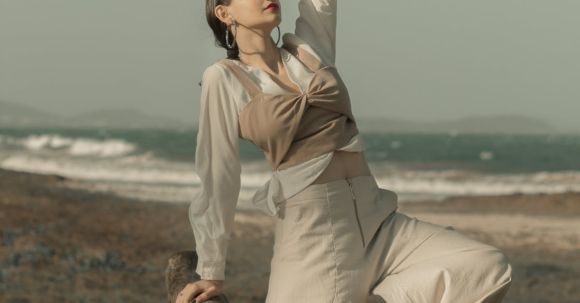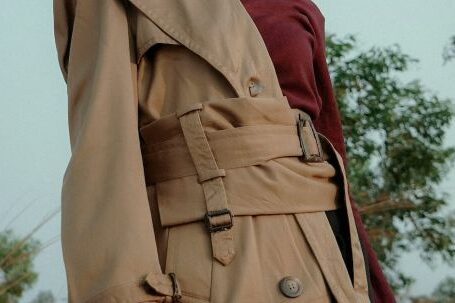Color coordination is an art that can elevate your style game and make you stand out from the crowd. Whether you are dressing for a special occasion or simply want to make a statement with your everyday outfits, understanding how to master color coordination is key. In this article, we will explore some tips and tricks to help you create standout looks that are both visually pleasing and fashion-forward.
One of the first things to consider when it comes to color coordination is the color wheel. The color wheel is a tool that can be used to understand how different colors relate to one another and how they can be combined to create harmonious outfits. By familiarizing yourself with the color wheel, you can easily identify complementary colors, which are located opposite each other on the wheel. For example, pairing a blue top with orange accessories can create a striking and visually appealing look.
Another important aspect of color coordination is understanding the concept of warm and cool tones. Warm tones include colors like red, orange, and yellow, while cool tones include colors like blue, green, and purple. By understanding which colors fall into each category, you can easily create cohesive and balanced outfits. For example, pairing a warm-toned top with cool-toned bottoms can create a visually interesting contrast.
Contrast is another key element to consider when it comes to color coordination. By incorporating contrasting colors into your outfits, you can create a dynamic and eye-catching look. For example, pairing a bright red blouse with a black skirt can create a bold and striking contrast that is sure to turn heads. Similarly, pairing a pastel-colored dress with a bold statement necklace can create a visually interesting juxtaposition.
Texture is another factor to consider when coordinating colors. Different textures can add depth and visual interest to your outfits. For example, pairing a chunky knit sweater with a sleek leather skirt can create a visually appealing contrast that adds dimension to your look. Similarly, pairing a satin top with distressed denim can create a unique and fashion-forward combination.
When it comes to color coordination, it is also important to consider the occasion and the desired mood of your outfit. For a formal event, you may want to opt for more muted and sophisticated colors, while for a casual outing, you can experiment with bolder and brighter shades. By considering the occasion and the desired mood, you can ensure that your color coordination is appropriate and impactful.
In conclusion, mastering color coordination is an essential skill for creating standout looks. By understanding the color wheel, warm and cool tones, contrast, texture, and considering the occasion and desired mood, you can easily create visually appealing and fashion-forward outfits. So, the next time you are putting together an outfit, don’t be afraid to experiment with different colors and combinations. With a little practice and creativity, you can become a master of color coordination and turn heads wherever you go.





